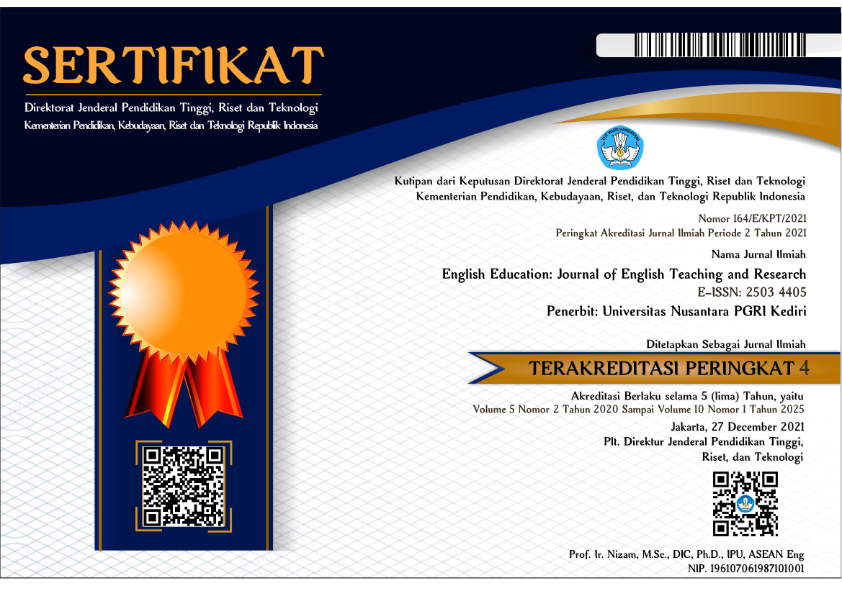Submissions
Submission Preparation Checklist
Anda harus membaca dan menyatakan bahwa Anda sudah melengkapi persyaratan berikut ini sebelum melanjutkan.
- Naskah belum pernah diterbitkan sebelumnya, dan tidak sedang dalam pertimbangan untuk diterbitkan di jurnal lain (atau sudah dijelaskan dalam Komentar kepada Editor).
- File naskah dalam format dokumen OpenOffice, Microsoft Word, atau RTF.
- Referensi yang dapat diakses online telah dituliskan URL-nya.
- Naskah diketik dengan teks 1 spasi; font 12; menggunakan huruf miring, bukan huruf bergaris bawah (kecuali alamat URL); dan semua ilustrasi, gambar, dan tabel diletakkan dalam teks pada tempat yang diharapkan, bukan dikelompokkan tersendiri di akhir naskah.
- Pengetikan naskah dan sitasi mengikuti gaya selingkung yang disyaratkan dalam Panduan Penulis
Copyright Notice
Authors who publish with this journal agree to the following terms:
1. Copyright on any article is retained by the author(s).
2. The author grants the journal, right of first publication with the work simultaneously licensed under a Creative Commons Attribution License that allows others to share the work with an acknowledgment of the work’s authorship and initial publication in this journal.
3. Authors are able to enter into separate, additional contractual arrangements for the non-exclusive distribution of the journal’s published version of the work (e.g., post it to an institutional repository or publish it in a book), with an acknowledgment of its initial publication in this journal.
4. Authors are permitted and encouraged to post their work online (e.g., in institutional repositories or on their website) prior to and during the submission process, as it can lead to productive exchanges, as well as earlier and greater citation of published work.
5. The article and any associated published material is distributed under the Creative Commons Attribution-ShareAlike 4.0 International License
Privacy Statement
The names and email addresses entered in this journal site will be used exclusively for the stated purposes of this journal and will not be made available for any other purpose or to any other party.



 Article template
Article template



